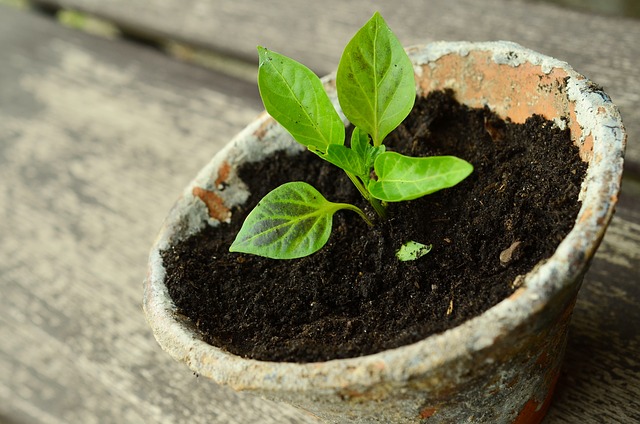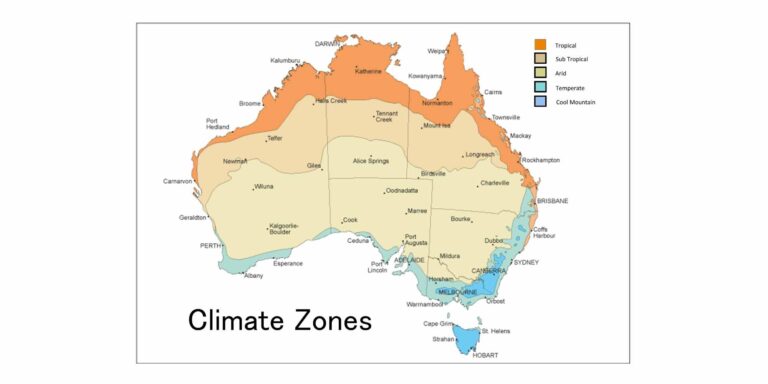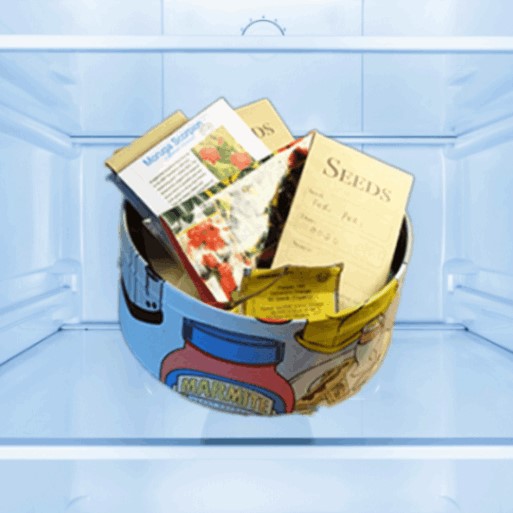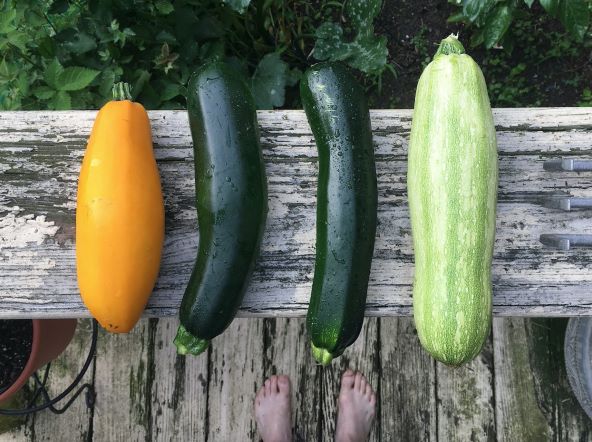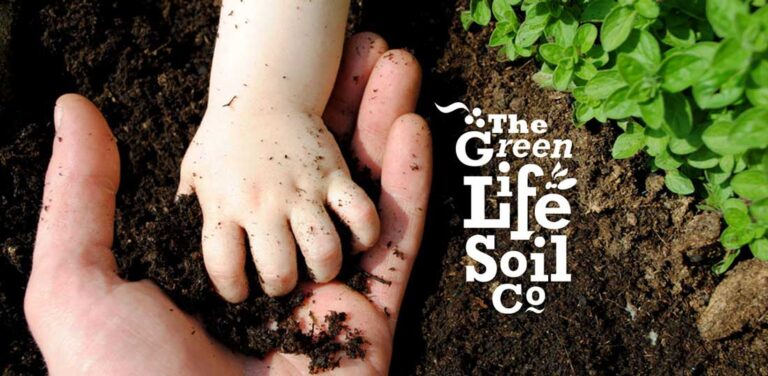How to improve your germination rates
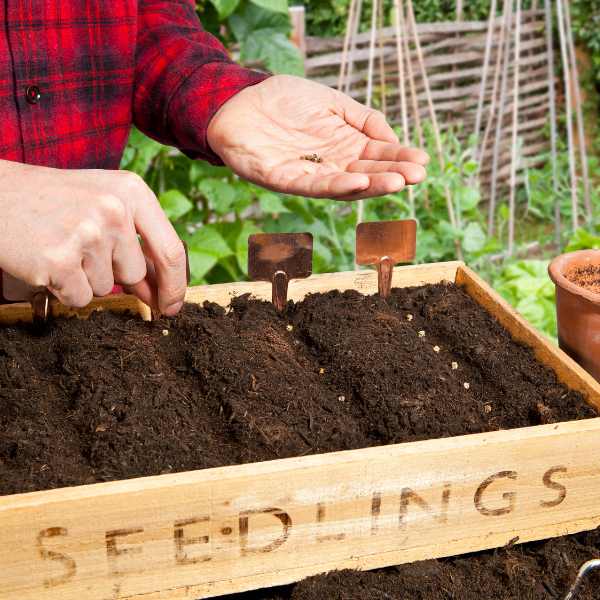
When your germination rate is poor, it’s a good idea to take a step back and figure out what went wrong. Let’s deep dive into the most common reasons why and what you can do about it.
1. Incorrect Soil Temperature
Check your seed packets to find sowing instructions indicating the best time of year to plant and the optimal soil temperatures for germination. If you don’t see your seeds sprout within a few weeks, it may be due to a non-ideal soil temperature.
Seeds are living organisms, and like all living things, they have optimal temperature ranges in which they thrive. These ranges vary significantly from one plant to another. For example, tomato seeds have a range of 16 – 35°C, whilst for spinach it is 10 – 25°C. If you’re trying to germinate tomato seeds at a soil temperature of 15°C, you will likely have some trouble.
You can pick up a decent soil thermometer for around $20. Heat mats with a temperature control are useful for raising seeds before the temperature is quite high enough. These mats can be particularly useful in late winter to get a jump on Spring.
2. Wrong Planting Depth
Seeds need light to germinate, and if they’re buried too deep, they may never see the light of day.
The process by which seeds sprout is called photosynthesis, and it’s how they convert sunlight into the energy they need to grow. If your seeds are buried too deeply, they won’t be able to photosynthesize, and they’ll never sprout.
If you plant your seeds too shallow, they will dry out quickly and won’t be able to develop correctly. As a rule of thumb, you bury your seeds at three times their size. The bigger the seed the deeper it goes and tiny seeds are barely buried at all.
3. Soil Quality
The best way to ensure that your seeds will germinate, is to use a seed-starting mix specially formulated for seedlings that contains everything young plants need to thrive. It should also be sterile, and free of harmful bacteria and fungi that could kill your young plants. On the same note, if you are reusing old containers a wash with a mild bleach solution will sterilise them.
4. Lack Of Water
Seeds are in a dormancy state and water is essential to break them free and start growing. Water helps to start the process of cell expansion within the seed, which eventually leads to sprouting. Seeds that don’t receive enough water will be unable to break out of dormancy and ultimately die.
While trying to germinate seeds, the key to success, is to keep the soil moist, not too dry or wet. Using the slower mist setting on your hose or a spray bottle will give you more control over how much water hits the soil. There is also the benefit that it wont displace your seeds due to excess force.
5. Too Much Water
When seeds are first planted, they need moisture to germinate. However, once they’ve sprouted and begun to grow, too much moisture can be detrimental to their development. Plants need oxygen to grow, and if their roots are constantly submerged in water, they won’t be able to get the oxygen they need.
This can cause them to rot and die before they even have a chance to mature. Additionally, over-watering can leach nutrients out of the soil, especially sandy soils, and make them unavailable to the plant. This can stunt growth or even kill the plant outright.
So, how much water do your seeds need? It depends on your garden’s temperature, humidity, and the type of soil you’re using. However, as a general rule of thumb, you should water at least once a day until they sprout, then reduce watering to once a day as needed depending on the climate. The water should soak down below the level of seeds, not sit on the soil surface.
6. Poor Drainage
There are a few things that can cause poor drainage. Organic matter, such as coco coir or compost, can absorb water and hold onto it for a long time. This can cause the soil mix to stay wet for too long, leading to rot or fungal growth problems.
Another problem that can cause poor drainage is too much clay in the soil. Clay particles are tiny and tend to bind together when wet. This can make it difficult for water to move through the mix. If this is your soil you would be better off germinating your seeds in trays.
The last thing that can cause poor drainage is insufficient perlite or sand in your mix. These materials help to improve drainage by creating tiny pockets of air in the soil. This allows water to move freely through the mix.
7. Not Enough or Too Much Light
Seeds need light to germinate. This is because the process of germination stimulates the embryo’s growth inside the seed. Once the embryo starts growing, it needs light to continue developing.
While seeds need light to germinate, too much light can also be a problem. They will become dried out and die if exposed to too much light. This is why it’s essential to plant your seeds at the proper depth.
So if your seeds aren’t germinating, try moving your planting tray to a different location and see if that does the trick!
8. Pests or Diseases
Insects, rodents, and other animals can all wreak havoc on a garden, destroying plants and seeds. The best way to prevent pests from ruining your garden is to take preemptive measures, such as exclusion.
Bugs and other pests won’t necessarily kill your seeds, but they can feast on tender seedlings before they’ve had a fair chance to emerge, making it seem like your seeds failed to germinate.
Plant pathogens can cause problems in your garden, making it difficult for them to grow and thrive. The best way to prevent diseases from ruining your garden is to practice crop rotation and sterilise containers.
9. Seed Dormancy
Seed dormancy is a naturally occurring phenomenon that prevents seeds from germinating until certain environmental conditions are met, even if all other conditions, such as light, water, and warmth, are met.
For example, some seeds require a period of cold stratification (a process of exposing seeds to cold temperatures for a period of time) before they will germinate. Other seeds must be scarified (nicked or scratched) before sprouting.
Dormancy prevents seeds from germinating too early in the season when conditions might not be ideal for their growth. Once dormancy is broken, and the conditions are right, the seed will resume its normal growth cycle.
10. Old Seed Packets
Don’t expect a high germination rate for old seeds in general, but you may get a pleasant surprise if they are stored well! Seeds must be stored in a cool, dry place to stay viable. If they are stored in a warm or humid environment, this can speed up the deterioration process and make it more difficult for the seed to germinate.
The first reason old seeds may fail to germinate is that they may no longer be viable. A viable seed needs to have the ability to sprout and grow into a plant. As seeds age, they lose moisture and begin to deteriorate. This deterioration process can make it difficult for the seed to absorb water, which is necessary for germination. Additionally, the enzymes inside the seed responsible for germination may also break down over time, making it impossible for the seed to sprout.
There are a few ways that you can test whether your seeds are still viable. One method is to simply sow the seeds in a moist potting mix or paper towel and then place them in a warm location. Check on the seeds daily; if they’ve swollen and formed little tails, they’re probably still good.
When the average germination time for that seed is up, unwrap the towel and count the number of seeds that have sprouted and divide by the total number of seeds placed in the towel. This will tell you the germination rate for this group of seeds. Another method is to float the seeds in a cup of water; viable seeds will sink while non-viable ones will float.

